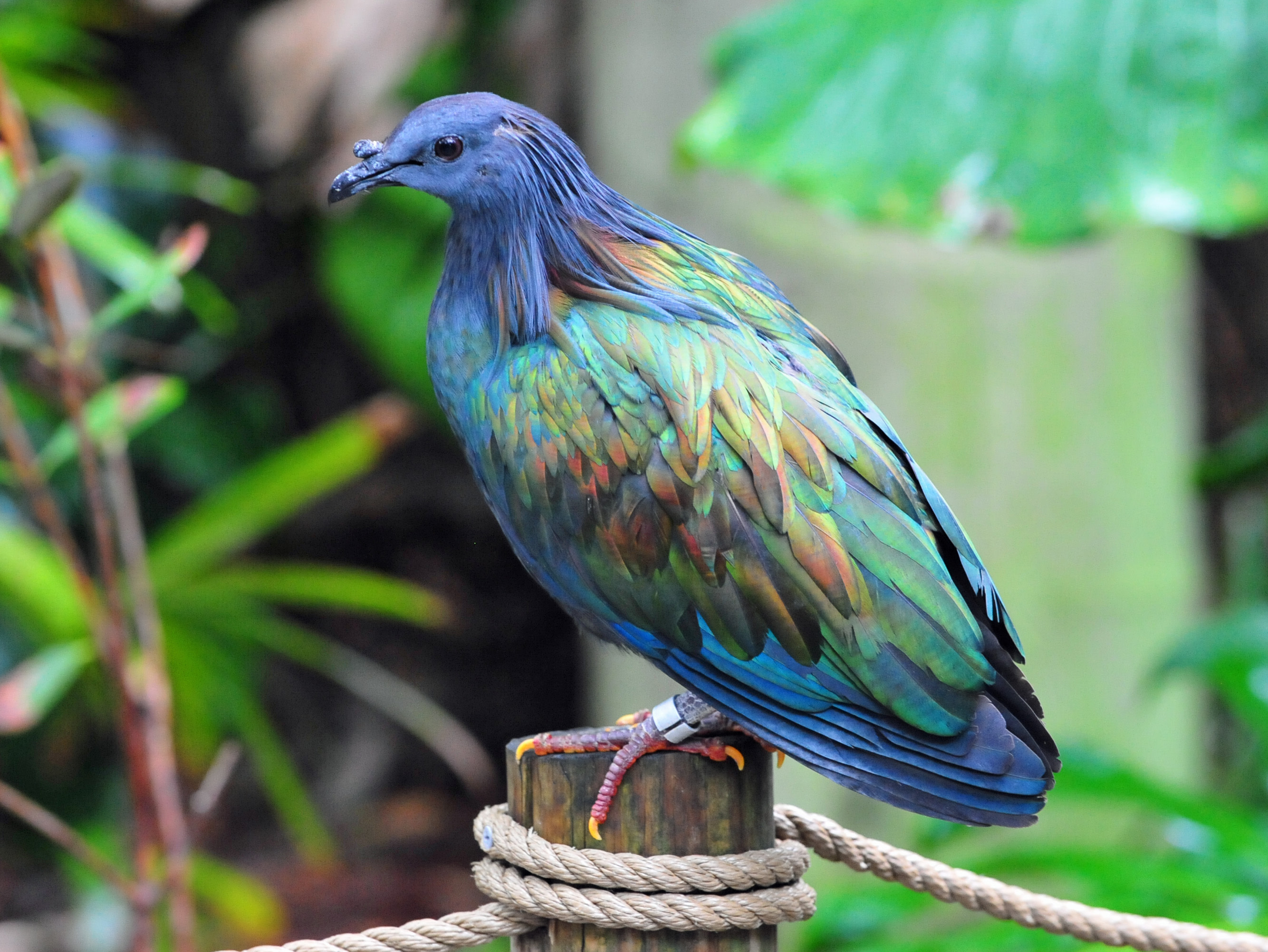 Listen to this article
•
15:34 min
Listen to this article
•
15:34 min
India’s paradise isles, the Andaman and Nicobar Islands, are about white sands, gorgeous emerald waters, solitude, and spectacular views. For birders, the islands also offer a chance to spot over 250 bird species, about a 100 of them endemic. One of these is a the unique Nicobar pigeon, a bird of metallic green plumage, green and copper hackles, red legs and feet, and white tail. It’s a spectacular bird, far removed from its namesake the black, white, and grey species, so common in Indian cities.

An interesting fact about the Nicobar pigeon is that it is the closest living relative of the now extinct dodo, and the only remaining member of the genus caloenas. These island dwellers spend much of their time on the ground, though they build their nests in high trees. When they do fly, they have a tendency to soar in single files or columns, as opposed to loose flocks. Their white tails help in navigation of the flock, finding potential mates, and even in recognizing the capabilities of those who can lead a flock.

Nicobar pigeons are also found in the coastal areas of Southeast Asia, primarily Myanmar, Thailand, the Malaysian peninsula, Cambodia, Vietnam, smaller islands in South China, Java, the Philippine Seas, and the Pacific. They prefer to live in colonies on offshore islets, where they can be safe from predators, though solitary pairs are not uncommon. Their nests are made of loose sticks, where a single egg will be laid. Their food includes seeds, buds, wild fruits, nuts and small insects, which they collect off the forest floor and digest with the help of a gizzard stone.

Surprisingly, Nicobar pigeons aren’t shy of humans. But that has also allowed them to be easily captured to be sold as pets, while others are killed for their gizzard stone, used to make jewellery. Though once a flourishing species, the population of the Nicobar pigeons is dwindling. They are considered a “near threatened” species according to the IUCN red list.
SPOT THEM
Unfortunately, it is rather difficult to spot one of these gorgeous birds in the wild. Your best bet for a sighting is on walks through the Andaman and Nicobar Island’s tropical forests, especially on more remote islands like Long Island. The birds may also be spotted in southwest Thailand, Malaysia, Vietnam, or Indonesia.






